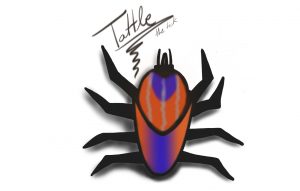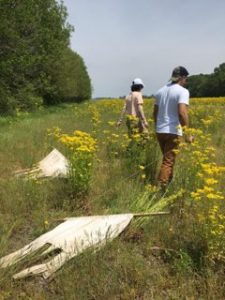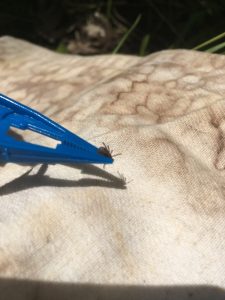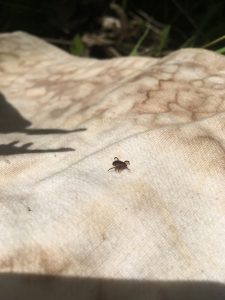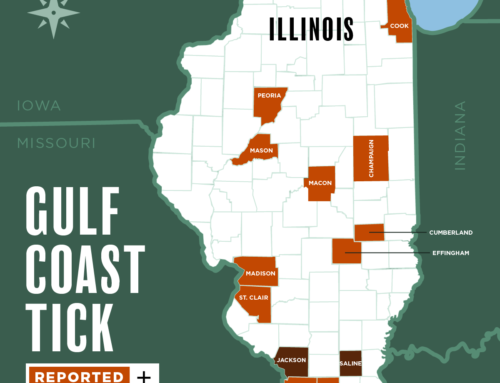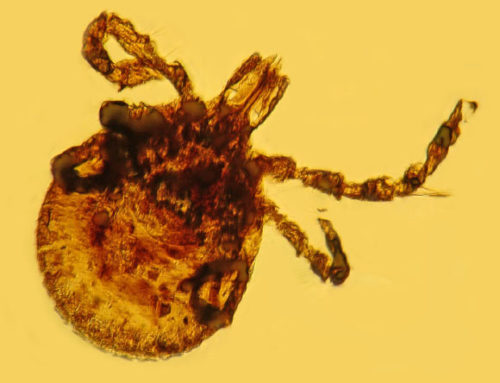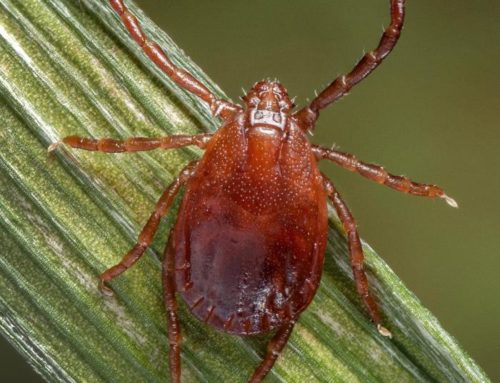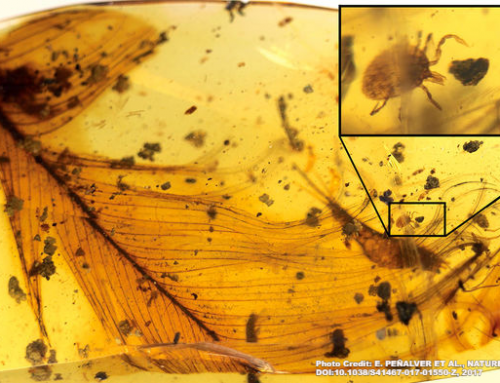Hello my delicious human readers,
Now most of you are smart enough that you avoid ticks like me. However, there are some humans, “entomologists” they call themselves, who purposely go out searching for ticks. I am not complaining, they make my job of finding a host easy! So for this week’s blog I thought we could dive into the field of tick dragging!
What is “Tick Dragging”
So in short, tick dragging means that a researcher uses a cloth (white makes it easier to see the ticks) and pulls that along the ground. Ticks that are looking for a host will be “questing” which means the ticks climb up vegetation and wait for movement. When the cloth drags past the tick, it senses the movement’s vibrations and attaches itself to the white cloth drag.
I-TICK researchers follow the CDC’s recommendations on tick dragging which are:
-
-
-
-
-
-
- Keep drag horizontal and in contact with vegetation as much as possible.
- Walk at a steady, even pace.
- Every 10-15 meters you should stop to check the cloth for ticks. Going to long without stopping means some ticks might fall off the cloth drag.
- SAFETY: rubber boots, long pants, repellent, sunglasses, hat, and checking yourself and others for ticks often. When done, clothing should be placed in dryer to kill ticks and you should shower to wash ticks off your body. Nymphs and larva may be very small and hard to see.
-
-
-
-
-
I-TICK uses tweezers to remove ticks and place them in vials of ethanol, which kills the ticks. At home it is also recommend that to remove ticks you use tweezers. You can place them in a zip lock baggy to drown them with ethanol (Everclear alcohol 70% works) or in a freezer. The ticks will be preserved for you to get them to an I-TICK hub! As a tick myself, I am feeling a little light headed right now at the thought of drowning to death by alcohol….
So where do these “Entomologists” look for ticks?
So if I was a human looking for ticks, well, I guess anywhere outside is where I would look. But these fancy scientists I work for have data that shows where certain species of ticks like to live!
Blacklegged/Deer Tick (Ixodes scapularis): linked to white-tail deer distribution. Likes edges where forests and prairie meet. Deciduous forests, leaf litter, and small fragmented forests with white-footed mouse populations.
Lone Star Tick (Amblyomma americanum): linked to white-tail deer distribution. Dense undergrowth forest, second growth forest, leaf litter.
American Dog Tick (Dermacenter variabilis): likes grasslands, prairies, meadows. Also “Ecotones” or transition areas between two different habitats like trails and edges of roads.
Brown Dog Tick (Rhipicephalus sanguineus): can complete its entire life cycle indoors! Wherever dogs congregate (kennels or at home).
Gulf Coast Tick (Amblyomma maculatum): likes mowed fields, edges of old fields next to forest/leaf litter, drier environments.
I-TICK 2019 Tick Dragging Schedule:
The I-TICK research team this year is dragging every other week in Douglas and Moultrie county in Illinois. The status of Blacklegged ticks in those counties is unknown so I-TICK is hoping to clarify if those ticks are present or established there. Also, the team will be going down to Southern Illinois to tick drag in 6 different counties to look for newly established ticks (like the Gulf Coast tick) and to test for new pathogens that ticks may be carrying.
Well, I think that is more than enough information about tick dragging.
Stay tasty my human readers,
Tattle the Tick
